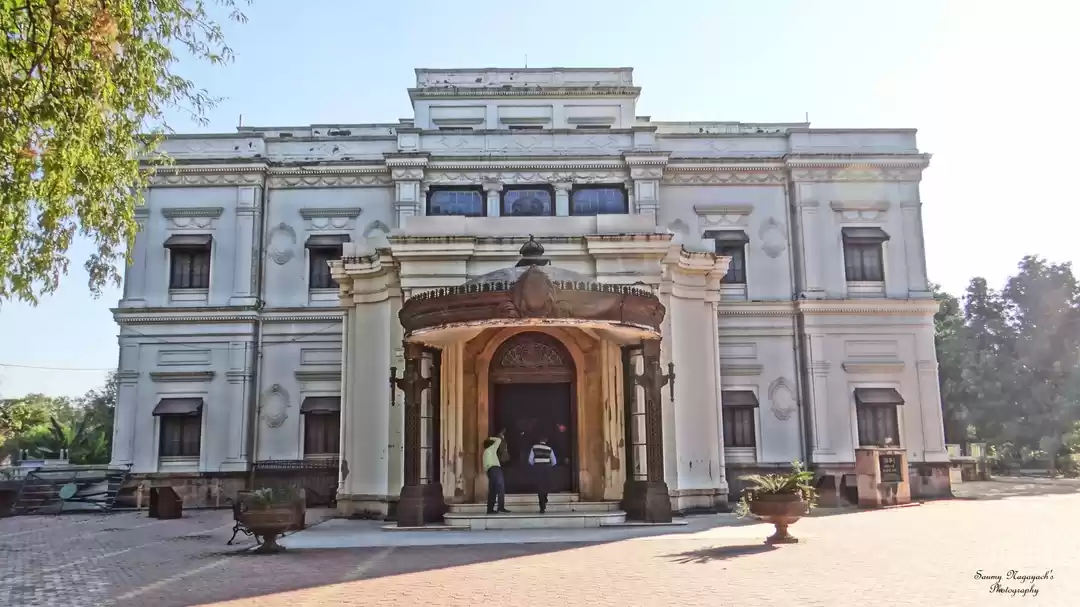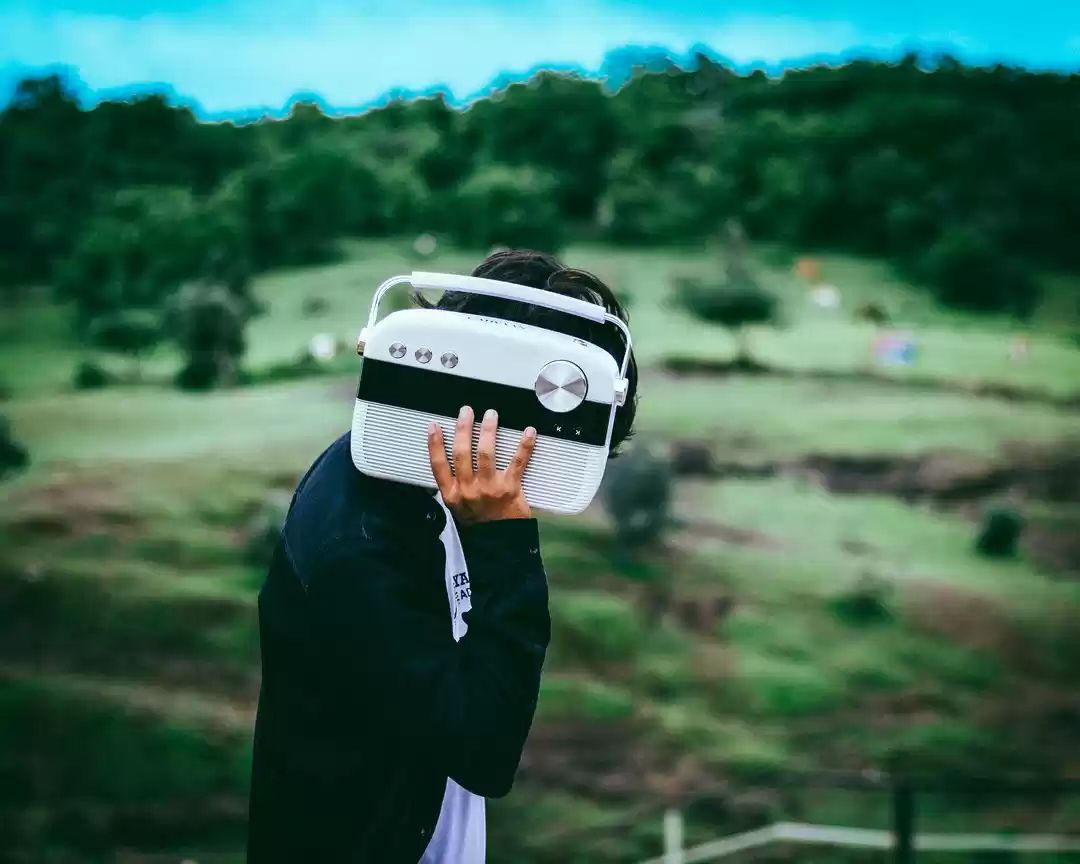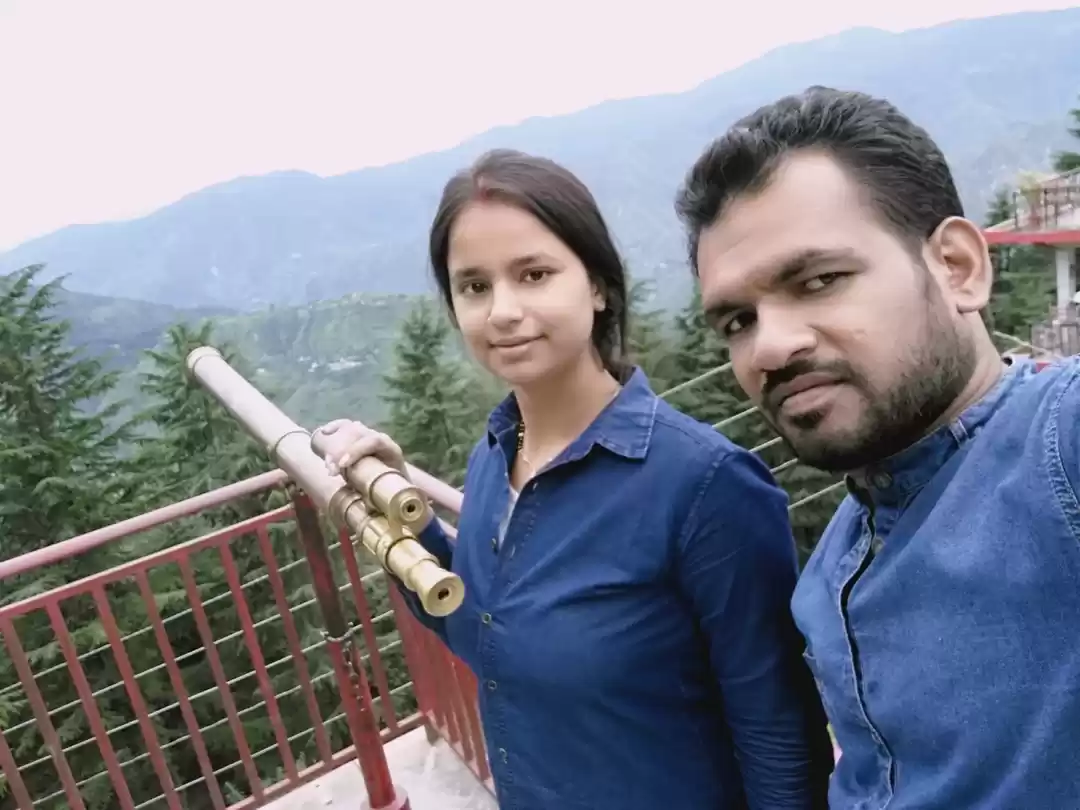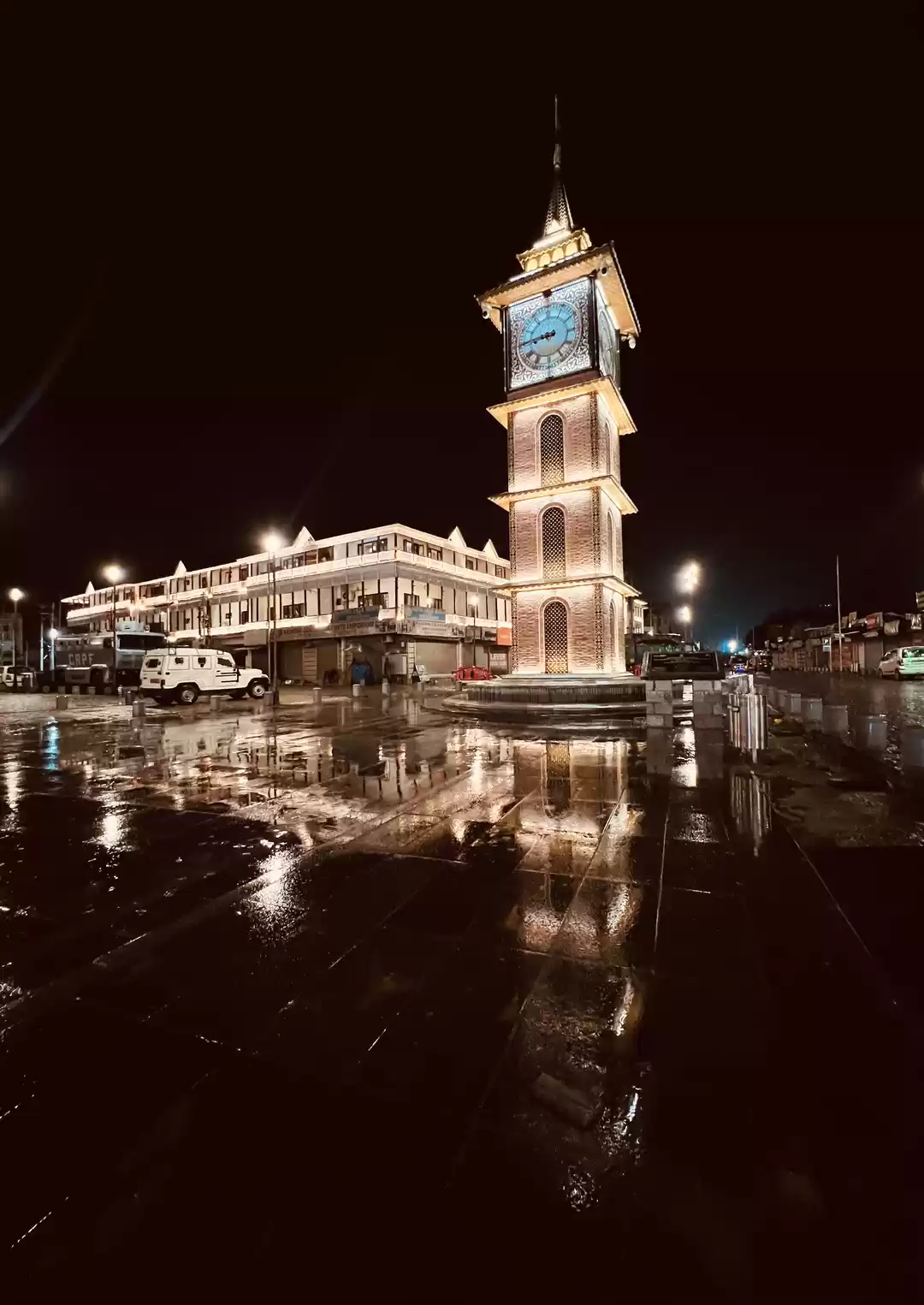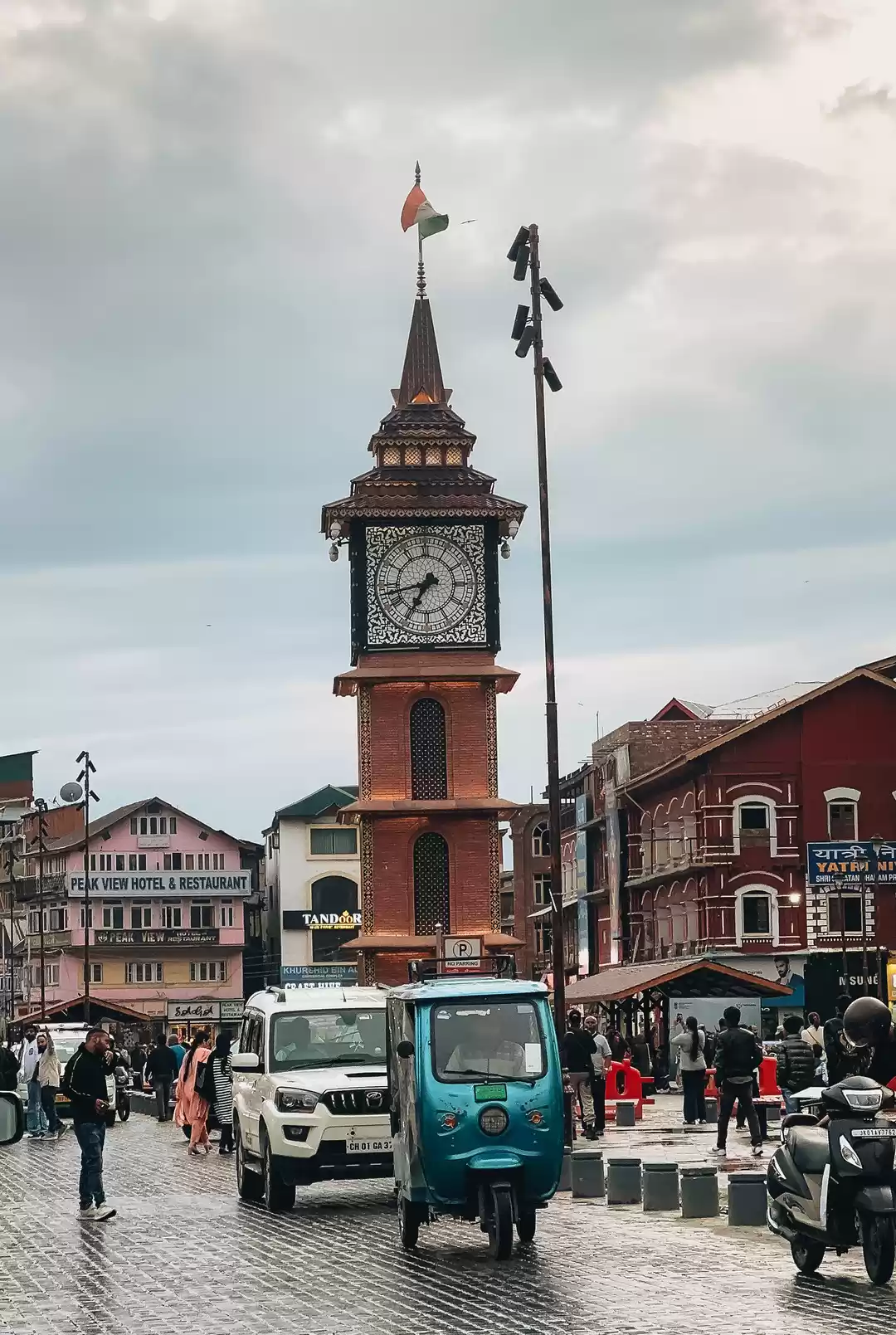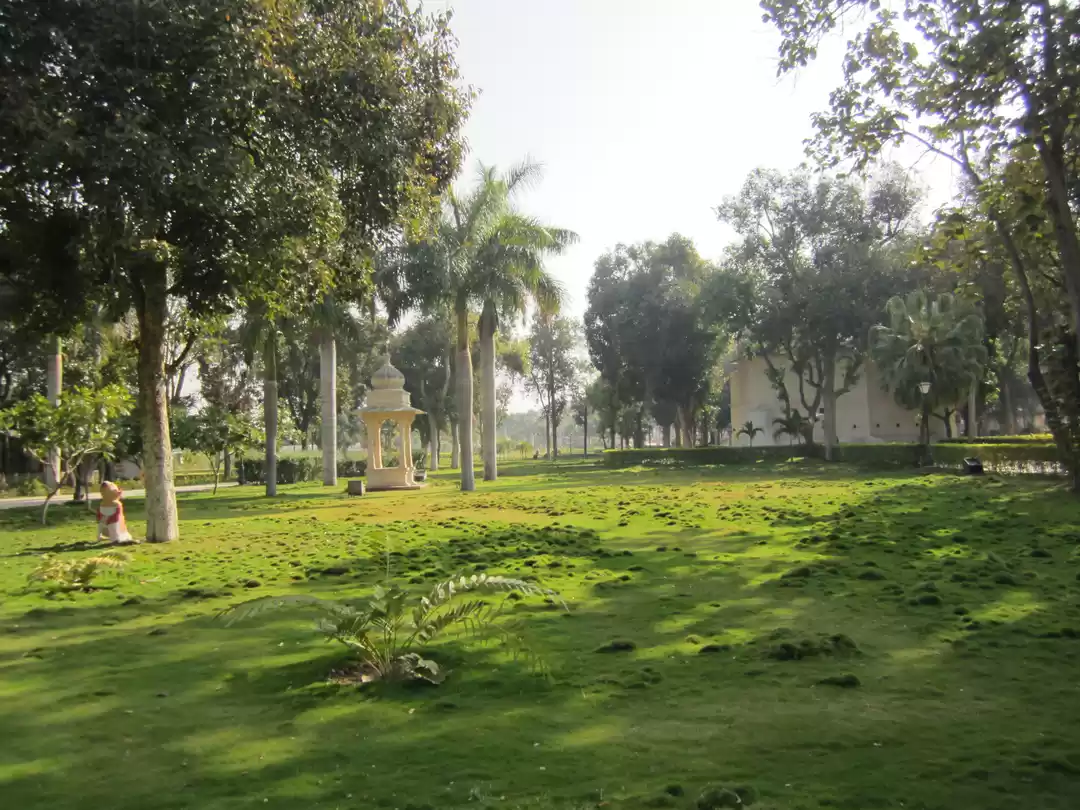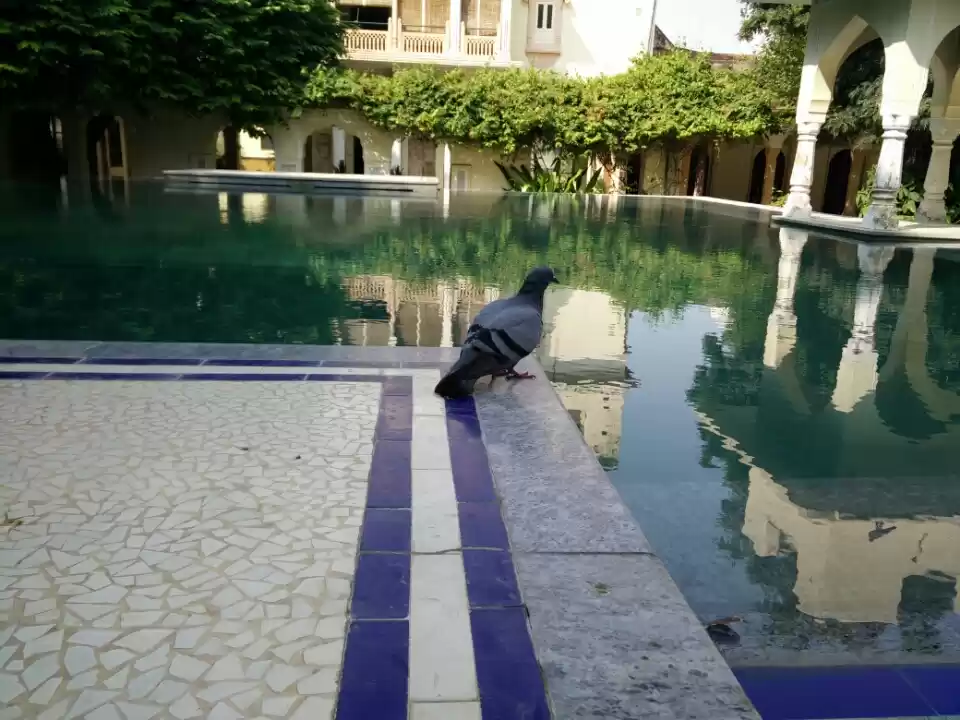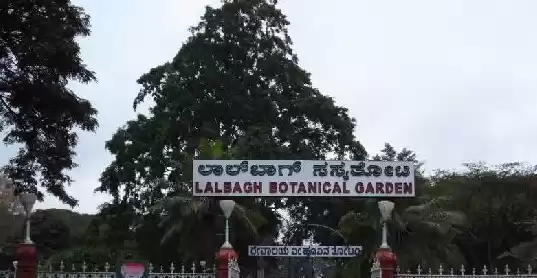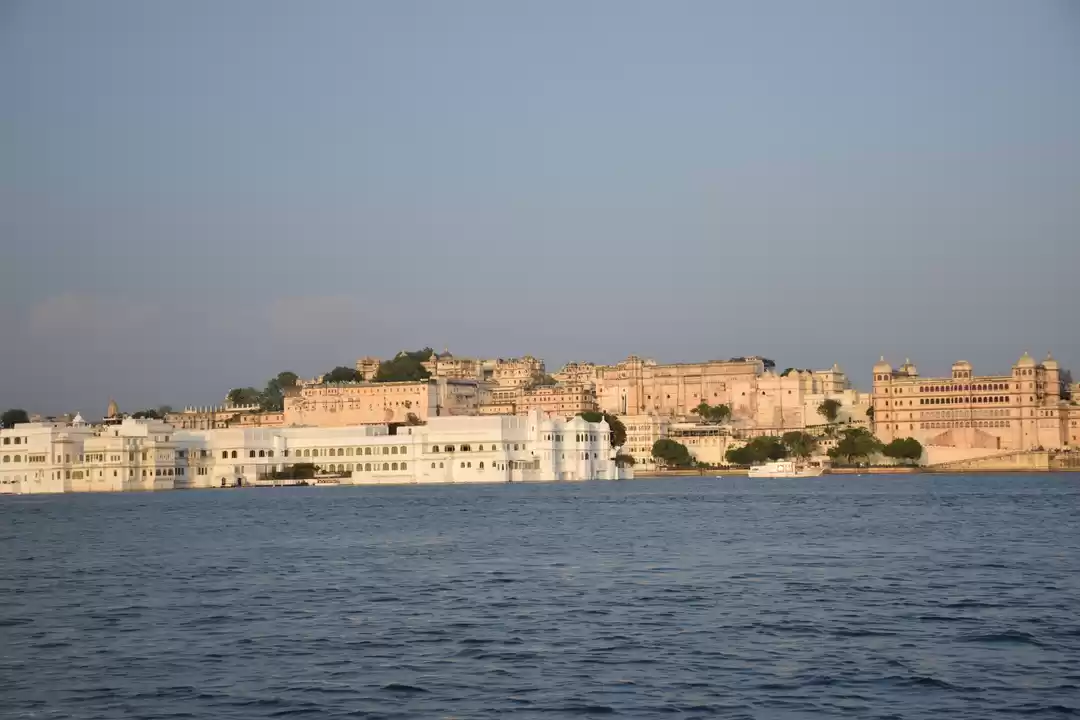If you are looking for a place to discover the royal and cultural heritage of Indore, the largest city in Madhya Pradesh, India, then Lal Bagh Palace is the perfect destination for you. Lal Bagh Palace is a magnificent palace and museum that reflects the glory and culture of the Holkar dynasty, which ruled Indore and parts of central India from the 18th to the 20th century.
The palace is a marvel of architectural grandeur, blending European and Indian styles, and displaying a rich collection of artifacts, paintings, coins, and furniture that showcase the lifestyle and history of the Holkars. The palace is also surrounded by a beautiful garden, which adds to its charm and elegance. In this article, we will explore the history, architecture, and attractions of Lal Bagh Palace, and how to plan your visit to this royal gem of Indore’s heritage.
History and Significance of Lal Bagh Palace
Lal Bagh Palace, which means Red Garden in Hindi, derives its name from the original name of the palace, Lali Bari, which means Red House in Marathi. The palace was built by the Holkar dynasty, which was one of the most powerful and influential Maratha clans in India. The Holkars were known for their bravery, generosity, and patronage of arts and culture. They made Indore their capital and transformed it into a prosperous and modern city.
The construction and expansion of Lal Bagh Palace took place in three phases from 1886 to 1921, under the reign of three Holkar rulers: Shivaji Rao Holkar, Tukoji Rao Holkar III, and Yeshwant Rao Holkar II. The palace was the residence and seat of power of the Holkar dynasty, and witnessed many important events and ceremonies, such as the coronation of Yeshwant Rao Holkar II, the reception of King George V and Queen Mary, and the signing of the Instrument of Accession of Indore to the Indian Union.
Lal Bagh Palace is not only a symbol of the glory and culture of the Holkar dynasty, but also a testament to the history and development of Indore and Madhya Pradesh. The palace showcases the fusion of European and Indian influences, the evolution of architectural styles, and the changes in the political and social landscape of the region.
Architecture and Interiors of Lal Bagh Palace
Lal Bagh Palace is one of the finest examples of architecture in Indore, and a manifestation of the taste and vision of the Holkar rulers. The palace is spread over an area of 28 acres, and has a built-up area of 12 acres. The palace has three floors, and is divided into several sections, such as the entrance hall, the ballroom, the dining hall, the library, the bedrooms, and the museum.
The exterior features of the palace are inspired by various European styles, such as Renaissance, Baroque, and Palladian. The palace has domes, arches, balconies, and columns, which give it a majestic and elegant appearance. The palace also has a gate that resembles the Buckingham Palace in London, and a statue of Queen Victoria in front of it.

The interior features of the palace are equally impressive and lavish, displaying a mix of European and Indian influences. The palace has Italian marble, Belgian stained glass, Persian carpets, and Mughal paintings, which create a contrast and harmony of colors and textures. The palace also has a grand staircase, which is made of cast iron and has a unique design of rails and balusters. The staircase leads to the first floor, where the ballroom is located. The ballroom is the most splendid and spacious room in the palace, with a wooden floor, a crystal chandelier, and a wooden ceiling. The ballroom was used for hosting parties and dances, and has a coin-operated piano, which is one of the rare and special items in the palace.
The dining hall is another remarkable room in the palace, with a capacity of 250 people. The dining hall has a large table, which is made of a single piece of wood, and has a silver train, which was used to serve food and drinks to the guests. The dining hall also has a wooden boat, which was used as a bar, and has a collection of silverware and glassware, which reflect the opulence and sophistication of the Holkars.
The library is another notable room in the palace, with a collection of books, manuscripts, and maps, which cover various subjects and languages. The library also has a wooden ceiling, which has paintings of Greek and Roman gods and goddesses, such as Zeus, Apollo, Athena, and Venus. The library also has a statue of Mercury, the god of commerce and communication, which symbolizes the progressive and modern outlook of the Holkars.
The bedrooms are another interesting part of the palace, as they reveal the personal preferences and hobbies of the Holkar rulers. The bedrooms have different themes and decorations, such as the hunting room, the music room, the flower room, and the trophy room. The bedrooms also have various items and artifacts, such as the royal costumes, the weapons, the jewelry, the furniture, and the photographs and portraits of the Holkar rulers and their family members.
Museum and Artifacts of Lal Bagh Palace
Lal Bagh Palace was converted into a museum in 1979 by the Madhya Pradesh government and opened to the public in 1982. The museum showcases the culture and lifestyle of the Holkar dynasty, and the history of Indore and Madhya Pradesh. The museum has a rich and diverse collection of artifacts and exhibits, which are displayed in different sections, such as the art gallery, the coin gallery, the sculpture gallery, and the furniture gallery.

The art gallery has a collection of paintings, which depict the scenes and events from the history and mythology of India, such as the Mahabharata, the Ramayana, and the Bhagavad Gita. The paintings also portray the portraits and landscapes of the Holkar rulers and their contemporaries, such as the Peshwas, the Scindias, and the British. The paintings also illustrate the various styles and schools of art, such as the Rajput, the Mughal, the Maratha, and the European.
The coin gallery has a collection of coins, which date back to the ancient and medieval periods of India, such as the Mauryan, the Kushan, the Gupta, and the Mughal. The coins also represent the different dynasties and kingdoms that ruled over Indore and Madhya Pradesh, such as the Parmar, the Tomar, the Malwa Sultanate, and the Holkar. The coins also reflect the economic and political changes and developments that took place in the region, such as the introduction of new metals, designs, and currencies.
The sculpture gallery has a collection of sculptures, which belong to various religions and cultures, such as Hinduism, Buddhism, Jainism, and Islam. The sculptures also depict the different forms and aspects of the deities, such as Shiva, Vishnu, Ganesha, and Buddha. The sculptures also demonstrate the different styles and techniques of sculpture, such as stone, metal, wood, and clay.
The furniture gallery has a collection of furniture, which showcase the comfort and luxury of the Holkars. The furniture includes sofas, chairs, tables, cabinets, and beds, which are made of wood, metal, leather, and fabric. The furniture also has intricate and elegant designs and patterns, such as floral, geometric, and animal motifs.
The museum also has some special and rare items, which are preserved and displayed in separate sections, such as the Rolls Royce car, which was gifted to Yeshwant Rao Holkar II by Queen Elizabeth II, the wooden boat, which was used as a bar in the dining hall, the coin-operated piano, which was used for entertainment in the ballroom, and the replica of the Buckingham Palace, which was made by a local artist.
Timings, Location, and Entry Fee of Lal Bagh Palace
Lal Bagh Palace is open to the public from 10:00 am to 5:00 pm, except on Mondays and public holidays. The palace is located on the banks of the Khan River, in the Lal Bagh area of Indore, which is about 4 km from the city center. The palace can be easily reached by various modes of transport, such as bus, taxi, auto-rickshaw, or car. The nearest bus stop is the Lal Bagh Bus Stop, which is about 500 meters from the palace. The nearest railway station is the Indore Junction, which is about 5 km from the palace. The nearest airport is the Devi Ahilya Bai Holkar Airport, which is about 12 km from the palace.
The entry fee for the palace and the museum is Rs. 10 for Indians, and Rs. 150 for foreigners. The camera fee is Rs. 50 for Indians, and Rs. 100 for foreigners. The palace and the museum also offer guided tours and audio guides, which are available at an additional charge.
Nearby Attractions of Lal Bagh Palace
Lal Bagh Palace is not the only attraction in Indore, as the city has many other places to visit and explore, such as the Rajwada Palace, the Khajrana Ganesh Temple, the Bada Ganpati Temple, and the Annapurna Temple.

Rajwada Palace:
These places are also part of the heritage and culture of Indore, The Rajwada Palace, also known as the Holkar Palace, is a seven-storeyed structure that was built by Malhar Rao Holkar, the founder of the Holkar dynasty, in the 18th century. The palace is a blend of Maratha, Mughal, and French styles, and has a wooden facade, a courtyard, a garden, and a temple.
The palace also has a museum, which displays the weapons, coins, paintings, and photographs of the Holkar rulers. The palace is located in the heart of the city, in the Khajuri Bazaar area, and is about 4 km from Lal Bagh Palace.
The palace is open from 10:00 am to 5:00 pm, except on Mondays, and the entry fee is Rs. 10 for Indians, and Rs. 250 for foreigners. The palace is also famous for its light and sound show, which is held every evening, and narrates the history and legends of Indore and the Holkars.

Khajrana Ganesh Temple :
The Khajrana Ganesh Temple is a popular and sacred temple that was built by Rani Ahilya Bai Holkar, one of the most revered and respected Holkar rulers, in the 18th century. The temple is dedicated to Lord Ganesh, the elephant-headed god of wisdom and success, and has a large idol of him, which is made of various metals, stones, and jewels.
The temple is also known for its architecture, which has a colorful and ornate dome, a spire, and a hall. The temple is located in the Khajrana area of Indore, and is about 6 km from Lal Bagh Palace. The temple is open from 6:00 am to 8:00 pm, and the entry is free. The temple is also famous for its festivals and celebrations, such as Ganesh Chaturthi, Diwali, and Holi, which attract thousands of devotees and tourists.

Bada Ganpati Temple:
The Bada Ganpati Temple is another prominent and holy temple that was built by Sir Seth Hukumchand Jain, a prominent businessman and philanthropist, in the 19th century. The temple is dedicated to Lord Ganesh, the elephant-headed god of wisdom and success, and has the largest idol of him in the world, which is 25 feet tall and 18 feet wide. The idol is made of various materials, such as clay, bricks, lime, jaggery, soil, and gold.
The temple is also known for its architecture, which has a simple and elegant dome, a spire, and a hall. The temple is located in the MG Road area of Indore, and is about 5 km from Lal Bagh Palace. The temple is open from 5:00 am to 12:00 pm and from 4:00 pm to 8:00 pm, and the entry is free. The temple is also famous for its rituals and offerings, such as modak, laddu, and coconut, which are believed to please Lord Ganesh and fulfill the wishes of the devotees.

Annapurna Temple:
The Annapurna Temple is a beautiful and serene temple that was built by the Annapurna Trust, a charitable organization, in the 20th century. The temple is dedicated to Goddess Annapurna, the goddess of food and nourishment, and has a splendid idol of her, which is made of marble and has four hands, holding a ladle, a rosary, a pot, and a spoon.
The temple is also dedicated to other deities, such as Shiva, Hanuman, and Kal Bhairav, and has idols and shrines of them. The temple is also known for its architecture, which has a magnificent and intricate dome, a spire, and a hall. The temple is located in the Sudama Nagar area of Indore, and is about 7 km from Lal Bagh Palace. The temple is open from 6:00 am to 9:00 pm, and the entry is free. The temple is also famous for its charity and service, such as providing free food, education, and medical care to the needy and the poor.
Lal Bagh Palace is a royal gem of Indore’s heritage, as it showcases the glory and culture of the Holkar dynasty, and the history and development of Indore and Madhya Pradesh. The palace is a marvel of architectural grandeur, blending European and Indian styles, and displaying a rich collection of artifacts, paintings, coins, and furniture that showcase the lifestyle and history of the Holkars. The palace is also surrounded by a beautiful garden, which adds to its charm and elegance.




